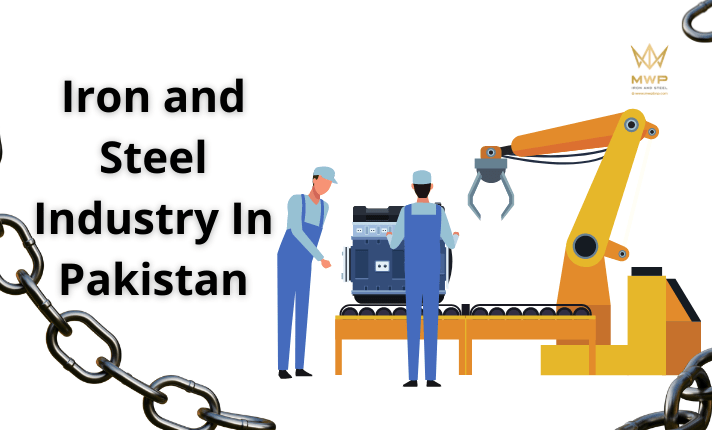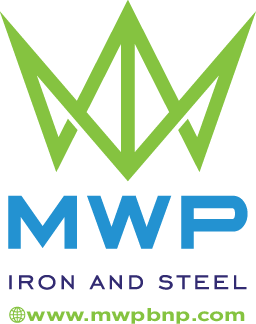Pakistan’s Iron and Steel Industry
Iron and Steel Industry In Pakistan is a part of the steel industry that involves the production of ferrous metals and non-ferrous metals. Using industrial machines such as electric arc furnaces (EAFs), rolling mills, shearing machines, and drop hammers, raw materials are extracted from mines and processed into semi-manufactured products or finished goods such as sheet metal, bars, pipes, tubes, angles, plates, wires, fasteners, and forgings.
Pakistan’s metal sector has grown significantly over the last decade, and it is now one of the country’s most important businesses. The iron and steel industry in Pakistan generates income through domestic sales and exports, contributing heavily to Pakistan’s economy in terms of revenue generation, employment opportunities, and taxes paid to the government.

Why Invest in Iron and Steel?
For Pakistan, which has been busy for decades trying to establish itself as an investment destination, diversifying its economy is a necessity. That’s where iron and steel come in. Despite being one of Pakistan’s largest industries, it accounts for just 0.6% of total GDP. The country exported more than Rs244 billion worth of iron and steel products from 2012-to 1. Making it one of our top earners, but growth rates have slowed lately due to increasing international competition from other developing countries such as India, China, Brazil and Indonesia. That has access to cheaper labor or raw materials.
Exports by Category
- Foundry & pig iron
- Primary metal industries
- Iron and steel industries
- Fabricated metal industries
- Machinery
- Electrical equipment
- Transport equipment
- Manufactured goods (excl machinery & electrical)
- Oil drilling
- Mineral fuels, lubricants & related materials
- Chemicals
- Plastics
- Rubber products
- Miscellaneous manufactured commodities
- Food
- Live animals
- Beverages
- Tobacco
Steel Sector: The Need for a Long Term Strategy
The steel sector plays an important role in any country’s industrial policy and economic growth strategy. Today, So, Pakistan is one of the top emerging steel producers in Asia with an installed capacity of 1.82 million tons (MT) per annum. The sector has attracted more than US$13 billion worth of investment since 2007 with an additional investment of about US$4 billion expected by 2020. This is roughly 5 percent of Pakistan’s overall GDP for 2016-17. Despite these great results, key structural challenges must be addressed immediately if our business is to remain globally competitive.
To achieve sustainable growth and competitiveness, therefore, Pakistan must adopt a long-term strategic plan for its iron and steel industry.
Imports by Country of Origin
In 2013, Pakistan imported $14.7 billion worth of raw iron and steel materials, with China being by far its largest source. Its total imports accounted for roughly 97% of all such imports to Pakistan that year. In addition to China, Japan, Turkey, Iran, Brazil, and South Korea were also among some of its biggest suppliers during that time. So, The United States accounted for just 1% of Pakistan’s imports in 2013; Canada made up less than 0.5%. Therefore, About 60% of Pakistan’s total import volume comes from the countries listed above.
Latest Developments
Although steel has been manufactured in Pakistan since before the partition. It was only after independence that the iron and steel industry began to grow on a big scale. With early efforts aimed at import substitution, these sectors played a key role in post-independence industrialization. In 1955, So, there were six open-hearth furnaces in Karachi, four at Faisalabad, two at Gujranwala, and one each at D.I. Khan, Dera Ghazi Khan (DG Khan), and Lyallpur (Faisalabad). Although most of these plants worked substantially below their stated capabilities due to a lack of infrastructural facilities. An average yearly capacity increase of around 1 million tonnes was achieved until 1962 when it reached 5 million tonnes per year.

